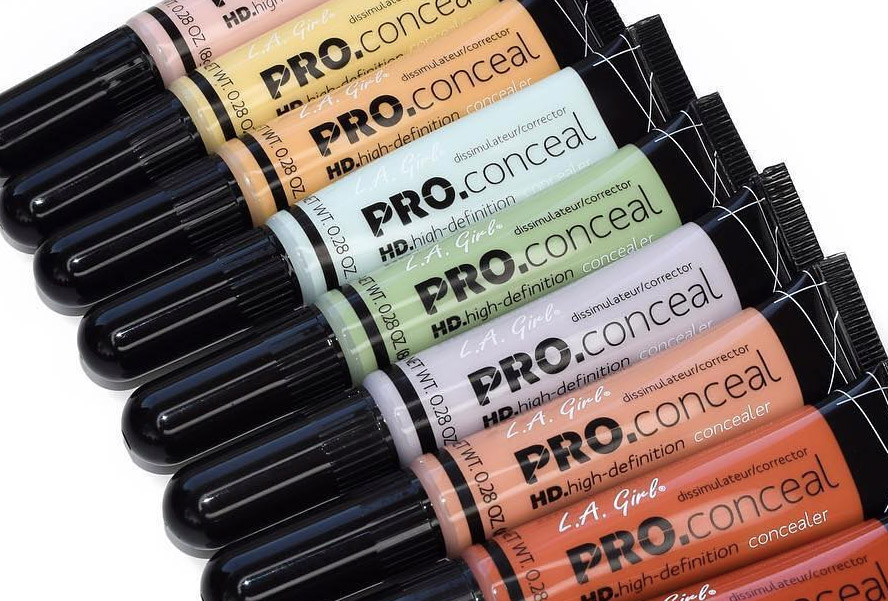

Something else not exactly promoted is that you need to cover the area being scanned for the best results. ( Pics of this setup) And then it was a couple hours of playing with the GUI's tools to try and massage the scan data the best I could. I don't quite yet trust a camera tripod with the scanner and the drill press contraption is quite stable.

Then I use 1/4-20 screw to bolt the scanner to the table. I use a portable cart and a drill press stand with adjustable table. Then it took repositioning the scanner a few times to get an angle that works. The 1st scan showed the powder wasn't thick enough, so I touched it up. It took several tries to get a scan of this quality. (Please right click and Save As) The whole area is roughly 6 inches long, so if it is 6 mm across, scale by 25.4. The STP output from "CAD Tools" I was able to obtain via iterative results is located here. It is powder so can wash off (with enough water). I used magnaflux developer from a spray can to get the white coating. It's on a motorcycle and when you remove a luggage rack, this is left behind. I spent a week on it last month and was eventually able to come close to something resembling scan-to-CAD-to-CNC that one would wish for. I haven't been able to scan something and easily import it to Rhino as STL or IGS and immediately get working. Overall, I am somewhat unimpressed with the GUI that comes with the NextEngine scanner. Rapid Works is so "advanced" that it's almost unusable. I only got " CAD Tools" because it is bundled with " Rapid Works". I couldn't do much with that so I bought " Rapid Works", which is $2995. When I bought the NextEngine scanner, I initially bought the HD Pro package for $995 so as to unlock the extra range and scan area. For another $995 their " CAD Tools" can output STEP and IGES files.

scn files, which can be imported to most CAD softwares as point clouds. Their scanner and base package only output. Hence my comment about "doing something useful with the data".


 0 kommentar(er)
0 kommentar(er)
